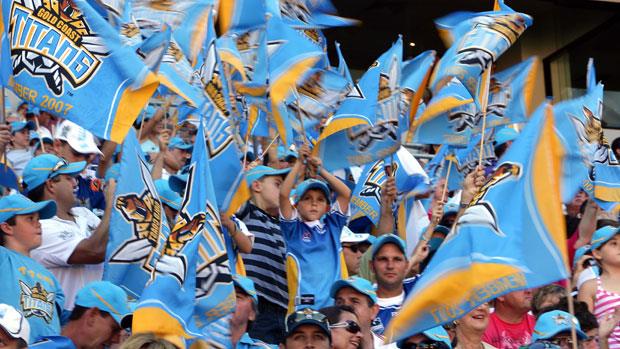The story I chose to focus on for this Inquiry task, relates to the death of Cecil the lion and the alleged/confessed killer, Walter Palmer. The story has swept across the world and social media in the last week, and continues to be a major focus for news organisations world-wide. At the time of this post, the most recent development in the story is the apology that Walter Palmer has put forth to his dental patents, regarding the incident, and the disruption to their medical care.
In reviewing the lead paragraphs for each story I was surprised to find that they were all very similar in both tone and expression. This is in direct contrast to the Gold Coast Titans exercise that I completed in week one – where the same story had a differing tone from the outset. The stories outlining the events of Cecil’s death and the alleged killer are abundant across all forms of news sources, yet from my readings the values remain largely the same (Dockterman 2015; Levy 2015, Wotchit News, 2015).
It made me wonder about the values of the news and the values of society, and the merge in news stories. The death of Cecil has echoed across the world – rage and disgust have all been directed towards Walter Palmer for his accused role in the incident. From any perspective, it’s a heartbreaking story of a defenceless animal, killed ‘mistakenly’ for ‘sport’. Is there really room for differing values in a story that so clearly presents the tragedy of this animal’s death? In the news, are there new stories that will simply be shaped by the values of human compassion – over the desire to push perspectives or agendas?
The story of Cecil is one that haunts me. It was devastating and I found that as I read more I was only filled with more rage and disgust at the death of this beautiful animal. An article, written by Rose George (2015), summed my feelings up perfectly – and as I type this now I am still filled with the hollow feeling of sadness and loss. It makes me wonder then how could news values be any different towards the sad story of this animal…
References
Cecil the lion in Zimbabwe, (n.d), digital image, AFP/Zimbabwe National Parks, viewed 31 July 2015, http://www.abc.net.au/news/image/6655998-3×2-940×627.jpg
Dockterman, E 2015, ‘Dentist who killed cecil the lion writes letter apologizing to his patients’, TIME, 29 July 2015, viewed 31 July 2015, http://time.com/3977018/cecil-lion-walter-palmer-letter/?xid=IFT-Trending
George, R 2015, ‘The hunter who killed Cecil the lion doesn’t deserve our empathy, The Guardian, 29 July 2015, viewed 31 July 2015, http://www.theguardian.com/commentisfree/2015/jul/29/hunter-killed-cecil-lion-walter-palmer
Levy, M 2015, ‘Cecil the lion: dentist Walter Palmer writes apology letter to patients’, Sydney Morning Herald, 30 July, p.10
Wochit News 2015, ‘Dentist apologises for killing Cecil the lion’, video, 29 July 2015, viewed 31 July 2015, https://www.youtube.com/watch?v=cHR5YM_9MdQ

 The Storify experience of signing up was one that was hassle-free – but still managed to leave me feeling dazed and confused at the way in which social media is taking the wheel of the news and media landscape. From what I can tell, stories which seem to ‘make the news’ on Storify are ones that are either highly popular or highly publicised.
The Storify experience of signing up was one that was hassle-free – but still managed to leave me feeling dazed and confused at the way in which social media is taking the wheel of the news and media landscape. From what I can tell, stories which seem to ‘make the news’ on Storify are ones that are either highly popular or highly publicised.

